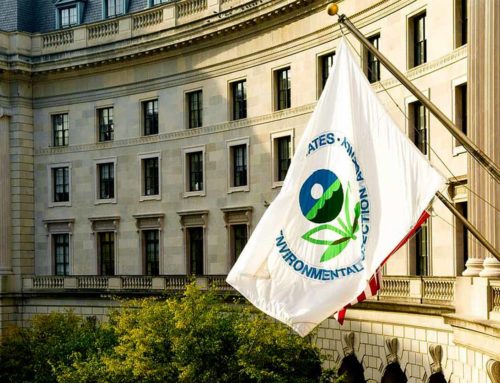Like a kid in a candy shop, the U.S. Department of Agriculture (USDA) just can’t stop subsidizing ethanol blender pumps. It’s been 10 years since USDA created biofuels infrastructure subsidies out of thin air – albeit with taxpayer dollars – despite Congress’s disapproval. The mature corn ethanol industry has received federal subsidies for even longer – over four decades. Despite this, USDA has continued to go behind Congress’s back to funnel cash to ethanol special interests. Contrary to his climate focus, President Biden’s FY22 budget proposes a record $1 billion in infrastructure subsidies for biofuels that may do more harm than good for the climate.
Even with summer break upon us, a quick history lesson is useful to understand the great lengths the biofuels lobby has gone to in an effort to maximize subsidies – just for biofuels infrastructure:
- 2011: Bipartisan Senate voted to kill the duplicative and wasteful $6 billion/year ethanol tax credit. In a subsidy bait-and-switch, the ethanol lobby convinced USDA to unilaterally subsidize ethanol blender pumps – specialized pumps required to dispense ethanol because it is more corrosive than gasoline – through USDA’s Rural Energy for America Program (REAP). Congress originally intended for REAP to support rural wind, solar, and other renewable energy projects – not corn ethanol.
- 2011-2014: Over the next three years, USDA spent $3 million on blender pumps in REAP.
- 2014: Congress put a stop to this. In Feb. 2014, President Obama signed the farm bill into law, which axed USDA’s practice. The next month, Obama’s FY15 budget request contained $200 million worth of new tax credits for the “construction of infrastructure that contributes to networks of refueling stations that serve alternative fuels,” aka blender pumps. Spoiler alert: A duplicative tax break has been historically available for blender pumps, electric vehicles, and other fuels through the federal Alternative Fuel Vehicle Refueling Property Credit.
- 2015: In Feb. 2015, Obama’s FY16 budget proposed to divert $50 million of USDA Business and Industry Loan Guarantee Program funds to support “the retail sales of biofuels.” Then- (and now current) USDA Secretary Vilsack later announced $100 million would be spent on the Biofuels Infrastructure Partnership (BIP) – a new program unilaterally created with Commodity Credit Corporation (CCC) dollars. The CCC is a fund normally reserved to dispense farm subsidy checks and prop up commodity prices. This misuse of taxpayer dollars landed Secretary Vilsack TCS’s Golden Fleece award.
- 2020: President Trump’s FY21 budget request of $100 million for biofuels infrastructure came to fruition with yet another – but different – program created out of thin air – the Higher Blends Infrastructure Incentive Program – again, with CCC funds.
- 2021: On Earth Day, USDA announced the remainder of blender pump funding that hadn’t yet been dispensed from 2020. In his budget request, President Biden proposed spending a record $500 million on biofuels infrastructure in FY22 alone, with another $250 million in each FY23 and FY24.
The ethanol industry already benefits from a range of overlapping and counterproductive subsidies, including the federal Renewable Fuel Standard (RFS) consumption mandate, federal tax credits, farm bill energy title subsidies, and more. Additional info about these subsidies and how they fail to contribute to meaningful greenhouse gas (GHG) emission reductions are in our new report.
This subsidy spigot must end. Otherwise, progress toward climate goals will be undermined by yet another record year of wasteful biofuels subsidies.














Get Social